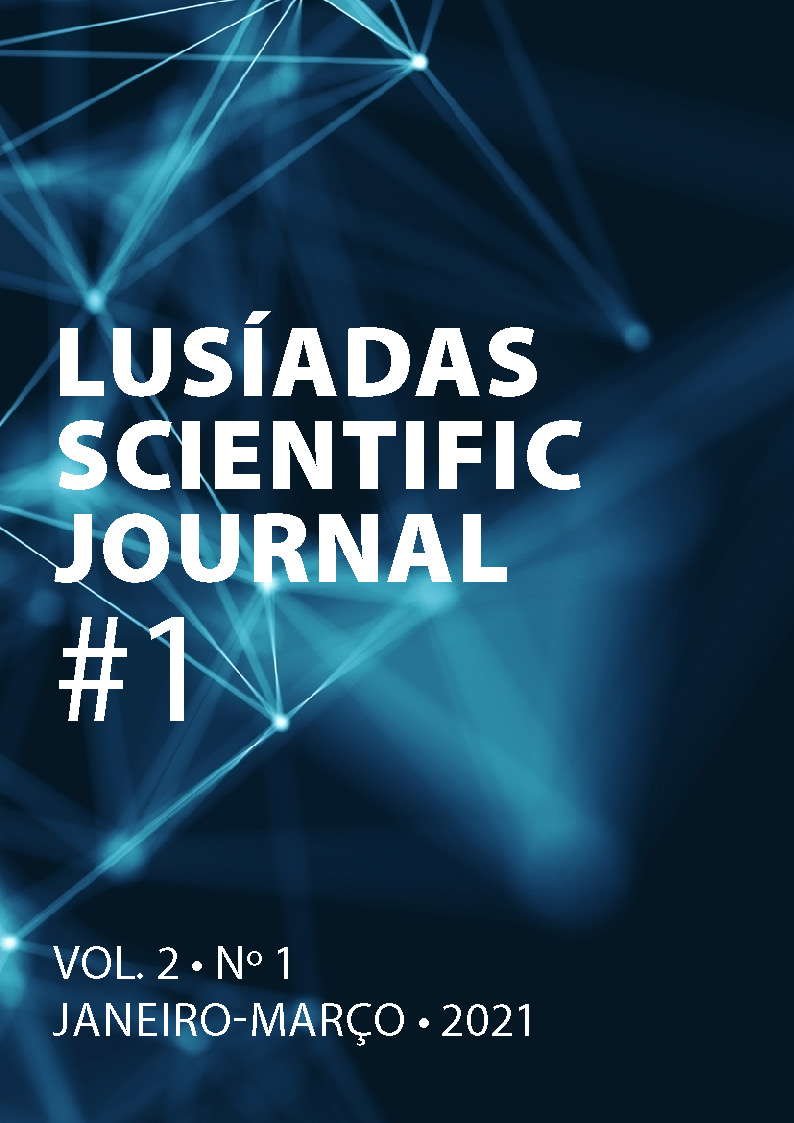Case Reports
Minimally Invasive Oblique Lumbar Interbody Fusion for the Treatment of Multilevel Degenerative Disc Disease: Review of the Surgical Technique Based on a Case Report
Main Article Content
Abstract
The treatment of multilevel lumbar disc disease is not consensual and represents a major challenge for spine surgeons. The minimally invasive oblique lumbar interbody fusion (MI-OLIF) allows an anatomic dissection of the lateral abdominal wall until anterior column of lumbar spine. It is an anterior to Psoas approach that avoids lumbar plexus and muscle lesion which conduct to a well tolerated postoperative period, with less pain, early discharge, and fast return to active life. The authors present a patient with chronic low back pain and neurological claudication, secondary to degenerative lumbar disc disease (L2-L5) treated with L2-L5 MI-OLIF. With low surgical aggression, the coronal and sagittal imbalance were corrected and lumbar and foraminal stenosis were indirectly decompressed. The patient ambulated at first day postoperative and was discharge at day three. At six months postoperative, fusion was confirmed, and pain and functionality were significantly increased. No complications were reported.

